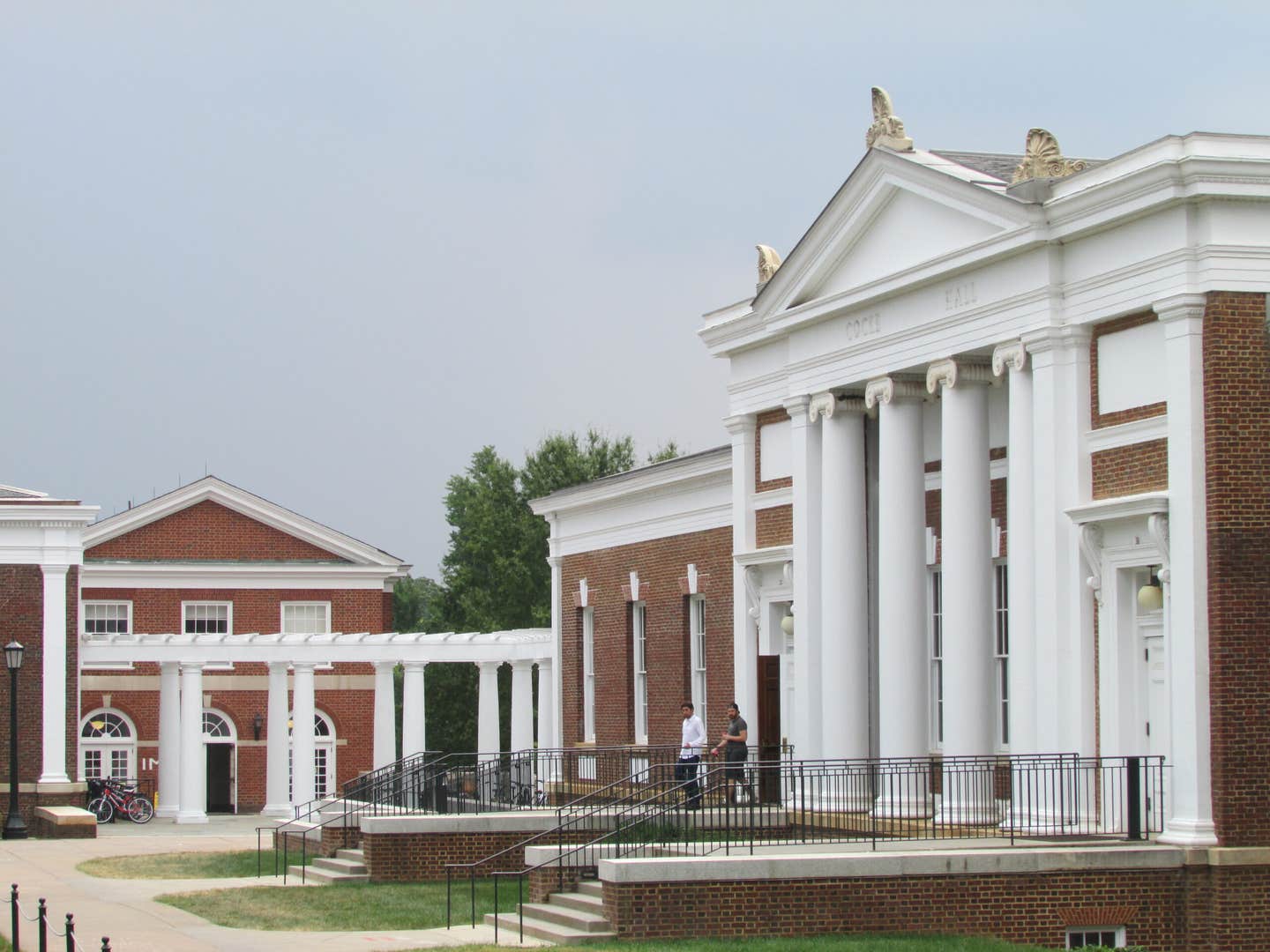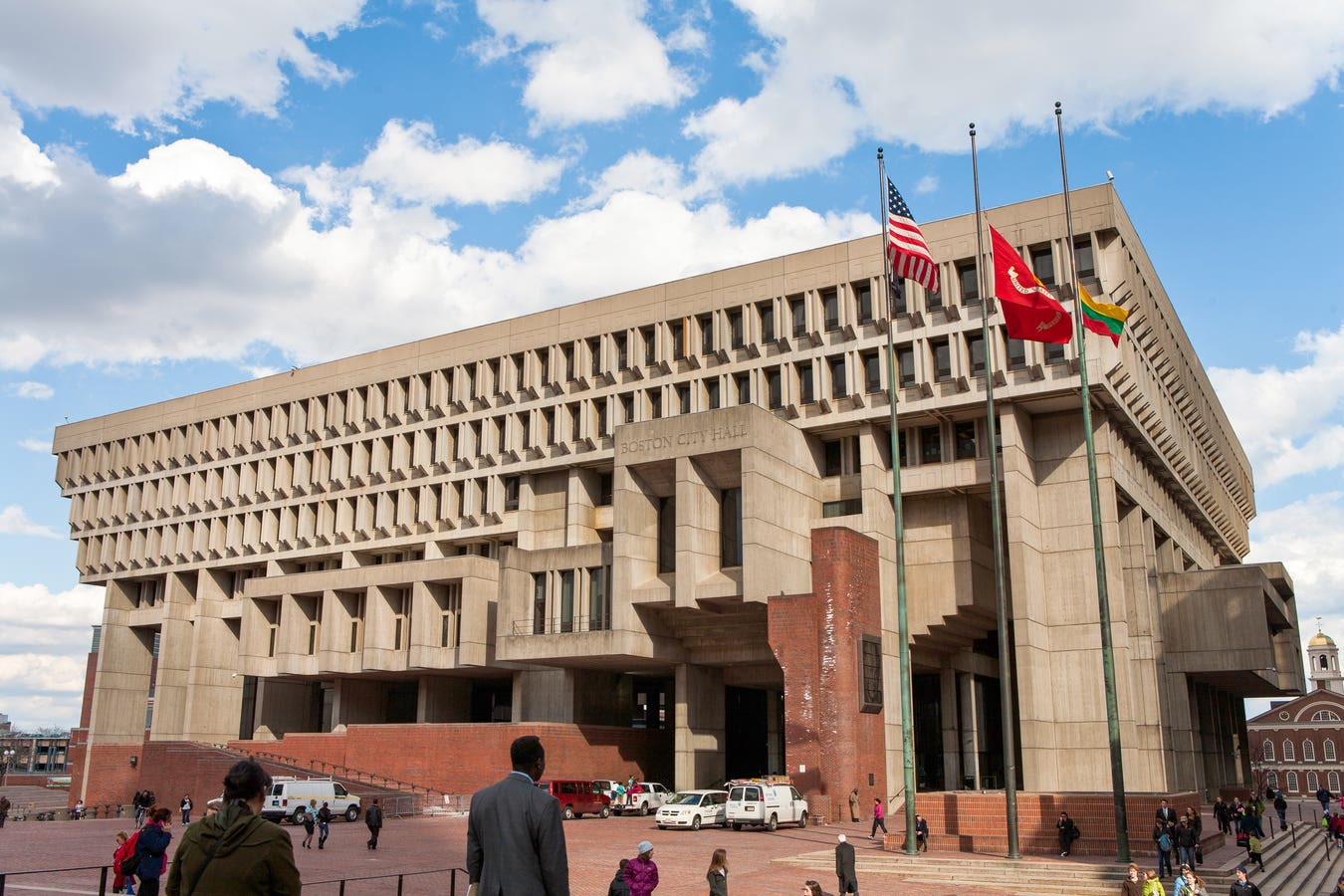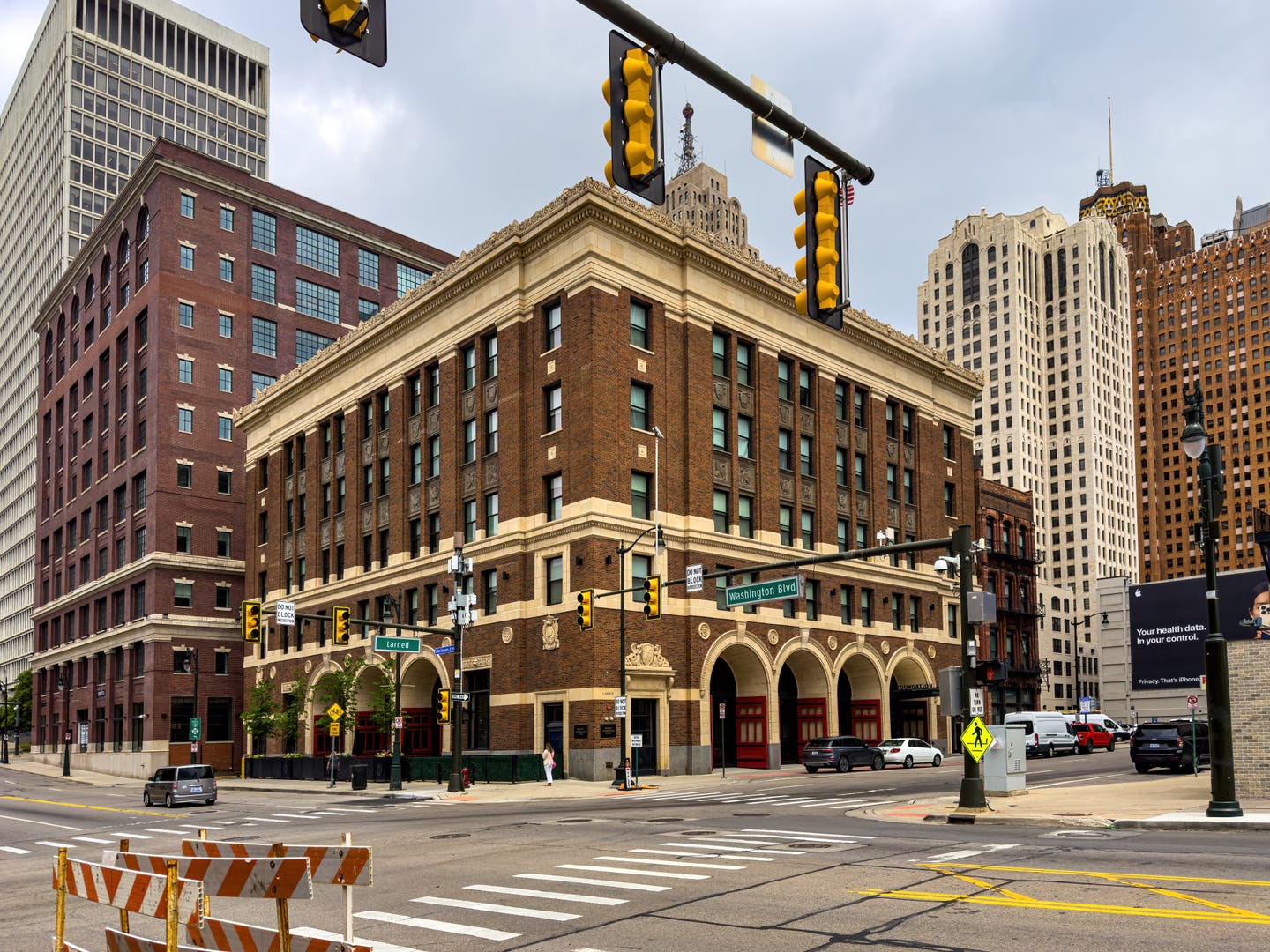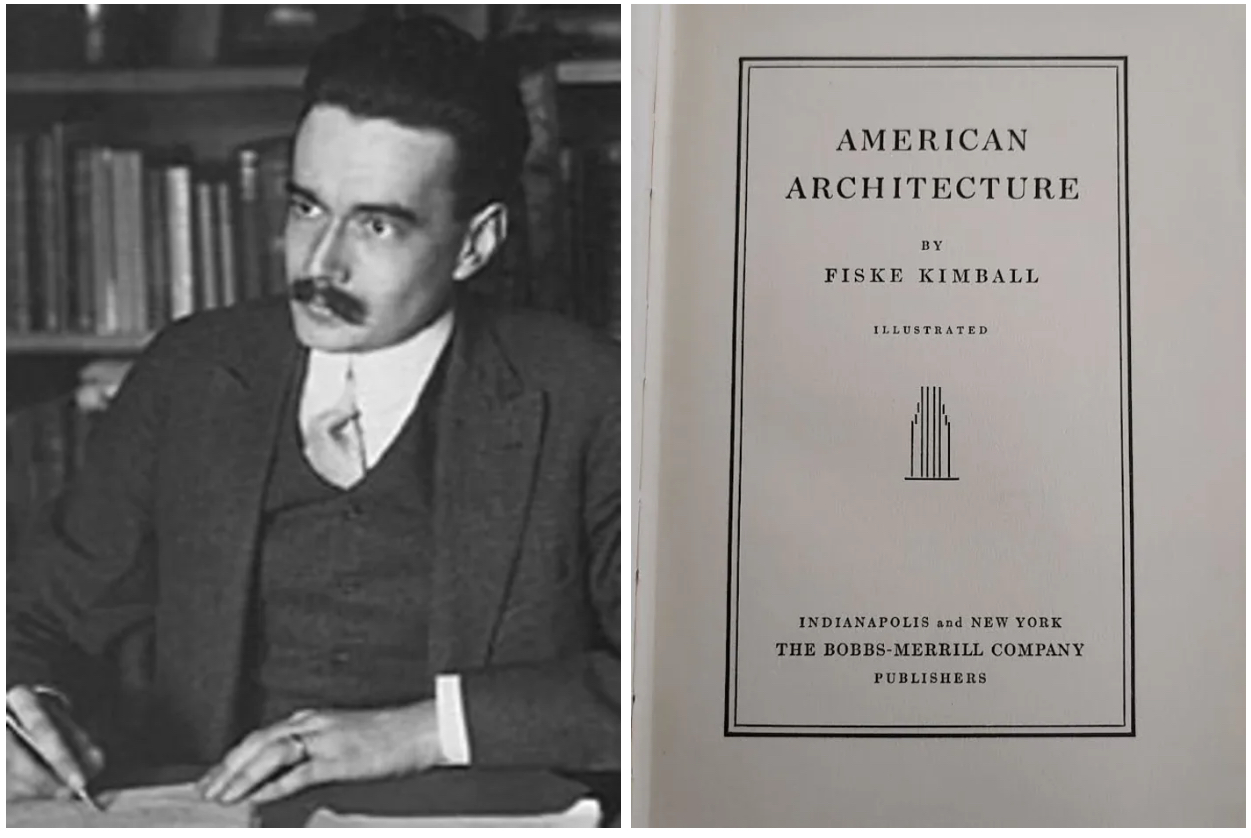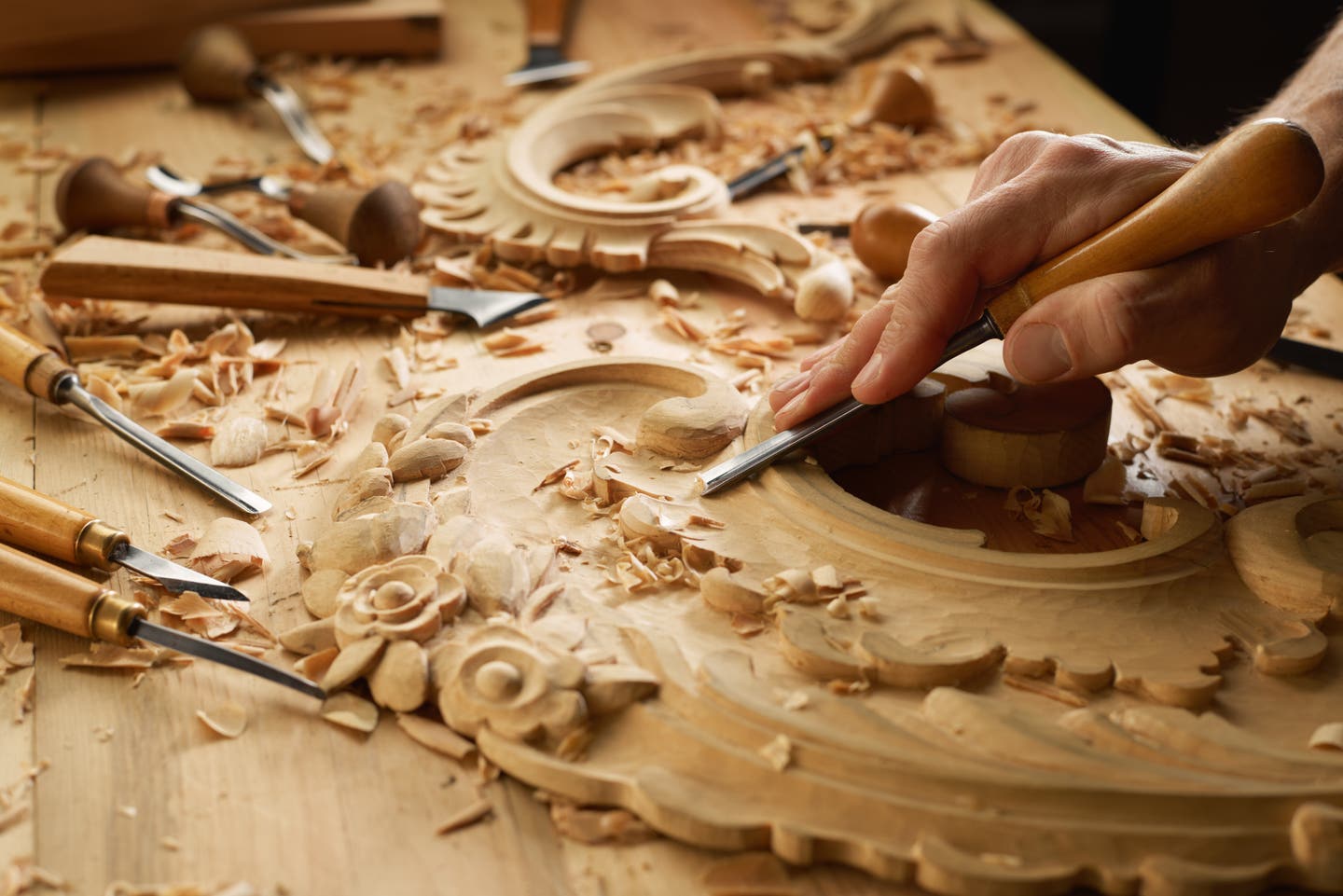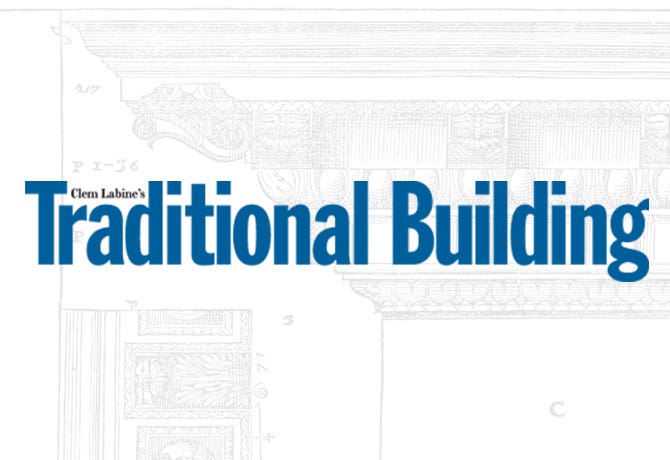
David Brussat
WWCD: What Would Corbu Do?
An architect working on most projects, needing materials, decoration and artisan services, would hesitate to employ a fabricator to machine each part individually, let alone fashion it by hand. The architect would try to design buildings with factory-produced parts whenever possible. But how?
Le Corbusier, born Charles-Édouard Jeanneret-Gris in Switzerland, was an early theorist and practitioner of the International Style, now known as modern architecture. He used concrete, steel and glass in straight forms, which needed to fit perfectly tight because no ornament was permitted to cover up gaps caused by imperfect machining or by expansion and shrinkage from heat or cold, or to divert rainwater from entering a building through these inevitable gaps.
The expense of machined perfection (rarely achieved) was high, and in an industry with an honest discourse would have undermined modernism’s reputation for economy. Today’s starchitect might find the cost acceptable, but his client might not. Still, Corbu thought that if a building was designed to reflect its use, it would be its own best decoration and not need “superfluous” embellishment.
To gauge the folly of these century-old conceits, imagine today’s contemporary Corbu wannabe riffling through catalogues and trade magazines (paper or online) in search of components for a proposed building.
He might need track lighting or a set of nautical railings, or a storefront framing system of aluminum. Where would he go for such purchases? I’m sure that the market has provided for his needs. No doubt a tubular track lamp housing with a curved lip and a tubular track lamp housing with a blunt lip, in various diameters, is available. Ditto the nautical railings. Your basic storefront framing system can be purchased from several outfits, including the Kawneer Co. online catalogue. Check out its product, pictured here, called Trifab® 601/601T/601UT!
The idea of opening such a catalog and seeking such product cannot excite much anticipation, even in the most ardent modernist. But he has a job to do, so ….
Compare his arid task with that of an architect seeking elements for a new building in a traditional or classical style. All he has to do is check out the local supermarket or bookstore magazine racks for a plethora of journals on how to preserve an old house or remodel a traditional interior space. These are all chock-a-block with ads for services and ornament necessary for any job, big or small.
Trade magazines have even more. Traditional Building, for example, has both Buying Guides and an Advertiser Index. In the latest issue, which features church restoration, the guide lists the following categories of vendor:
- Historical Products Showcase
- Art Glass
- Cast & Carved Stone
- Decorative Painting, Murals & Mosaics
- Ecclesiastical Furnishings & Specialties
- Windows, Doors & Window Hardware
- Flooring
- Interior Lighting
- Forged & Wrought Metalwork & Metal Castings
- Steeples, Domes & Cupolas
- Terra Cotta
- Specialty Brick & Mortar
- Wood Carving
The index lists 46 vendors and the page where their ads can be found. The full-page ad just inside the cover shows moldings and column capitals from the Basilica of St. Louis, whose restoration is described in one of this issue’s articles. On the next page is an outside wall lantern. On the page facing the Table of Contents is another full-page ad showing the grille work and stone tracery of Gothic windows inside the First Presbyterian Church of the Covenant, in Erie, Penn.
Even the articles list the contractors and artisans involved in such jobs as the restoration of St. Patrick’s Cathedral on Fifth Avenue, in New York City. Americans saw this splendid work, featured in TB, on television when Pope Francis visited the city in September.
After the final feature come 26 full pages of ads, large and small, for the range of products and services required to build, renovate or restore traditional buildings. A favorite illustration often leaps out to me from this section – in this case, a sizable private residence or club, robustly Edwardian. I was drawn to its balustrades, but potential clients of Hope’s Windows were informed that its “fixed Landmark175 Series windows, with Thermal Evolution technology, boast an energy-conserving NFRC-Certified 0.170 U-Factor.” Put that in your pipe and smoke it, Mr. Kawneer Framing Systems! Even this section’s tiny photos of sash pulleys are thrilling.
So the architect working to restore a Palladian-style villa or to design a new one inspired by the great Renaissance architect must look forward with some glee to outfitting his project. Still, compared to imagining the tweaks in design by which he can raise the artistic virtuosity of this project, hunting down the parts necessary for the job might nevertheless be a task which the firm’s senior partner typically hands off to colleagues lower in the pecking order of the office.
Surely, however, the comparative level of joy with which said grunt anticipates that task must differ in the trad shop versus the mod shop. So, if you could somehow measure the difference in the level of joy, you might happen upon a mathematical equation that can calculate the degree of beauty in the one versus that in the other, and hence enumerate the popularity of trad work among the public.
So the question is not WWCD but WWPD. And the answer is clear.
Palladio in his day did not have the sort of machined embellishment we have, let alone catalogues and trade journals that let his fingers do the walking. But he would be startled to learn that architects half a millennium down the road get to choose between beauty and ugliness, and that the latter choice has ruled the architectural roost for more than half a century.
For 30 years, David Brussat was on the editorial board of The Providence Journal, where he wrote unsigned editorials expressing the newspaper’s opinion on a wide range of topics, plus a weekly column of architecture criticism and commentary on cultural, design and economic development issues locally, nationally and globally. For a quarter of a century he was the only newspaper-based architecture critic in America championing new traditional work and denouncing modernist work. In 2009, he began writing a blog, Architecture Here and There. He was laid off when the Journal was sold in 2014, and his writing continues through his blog, which is now independent. In 2014 he also started a consultancy through which he writes and edits material for some of the architecture world’s most celebrated designers and theorists. In 2015, at the request of History Press, he wrote Lost Providence, which was published in 2017.
Brussat belongs to the Providence Preservation Society, the Rhode Island Historical Society, and the Institute of Classical Architecture & Art, where he is on the board of the New England chapter. He received an Arthur Ross Award from the ICAA in 2002, and he was recently named a Fellow of the Royal Society of the Arts. He was born in Chicago, grew up in the District of Columbia, and lives in Providence with his wife, Victoria, son Billy, and cat Gato.



